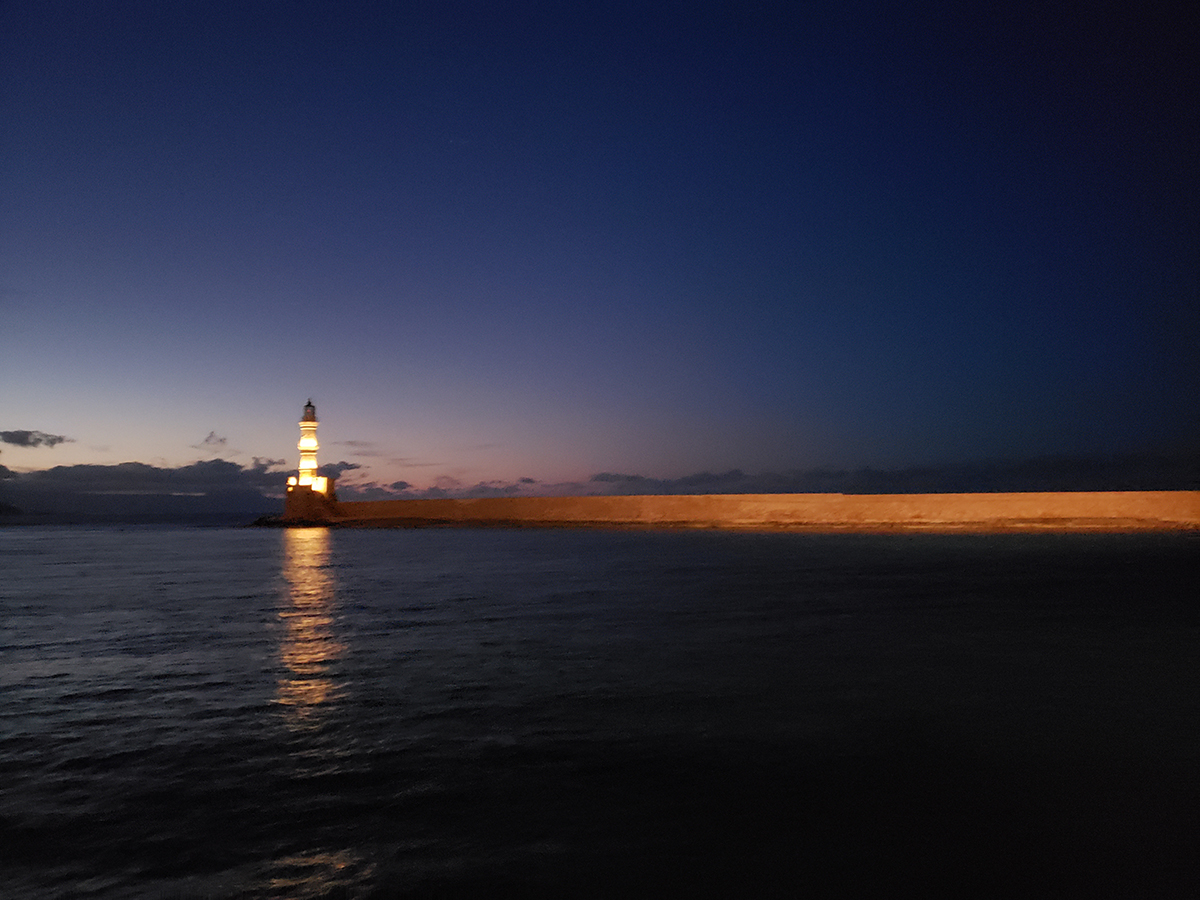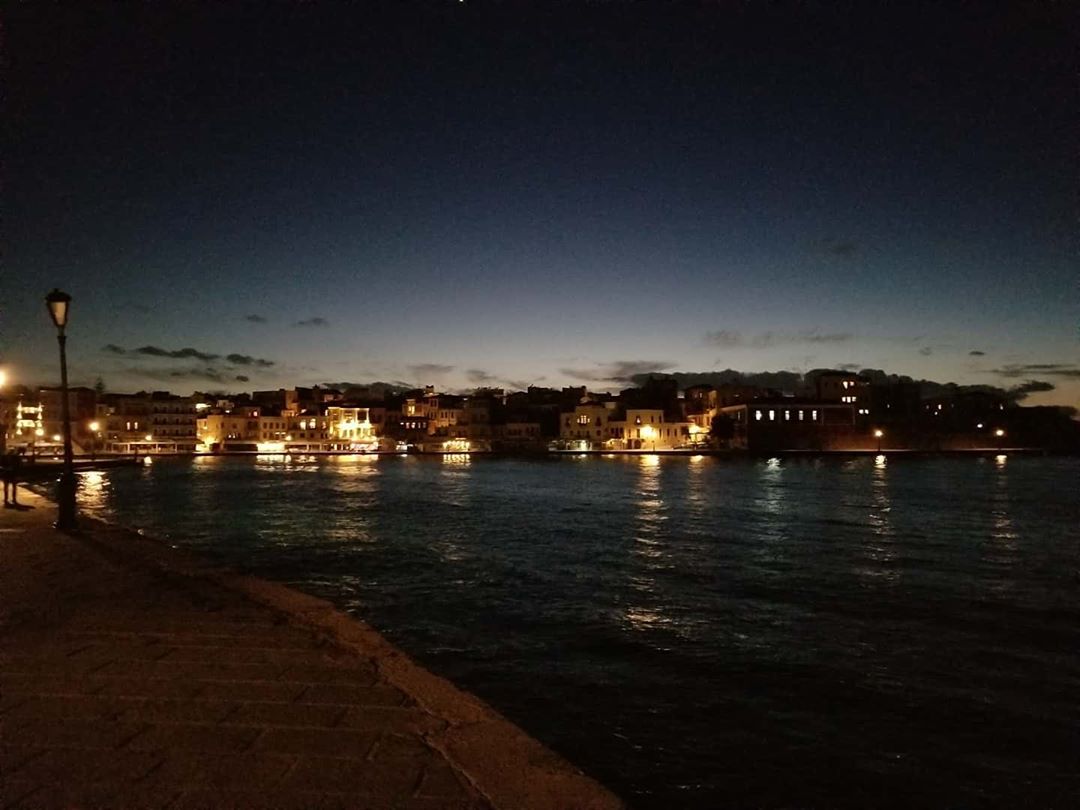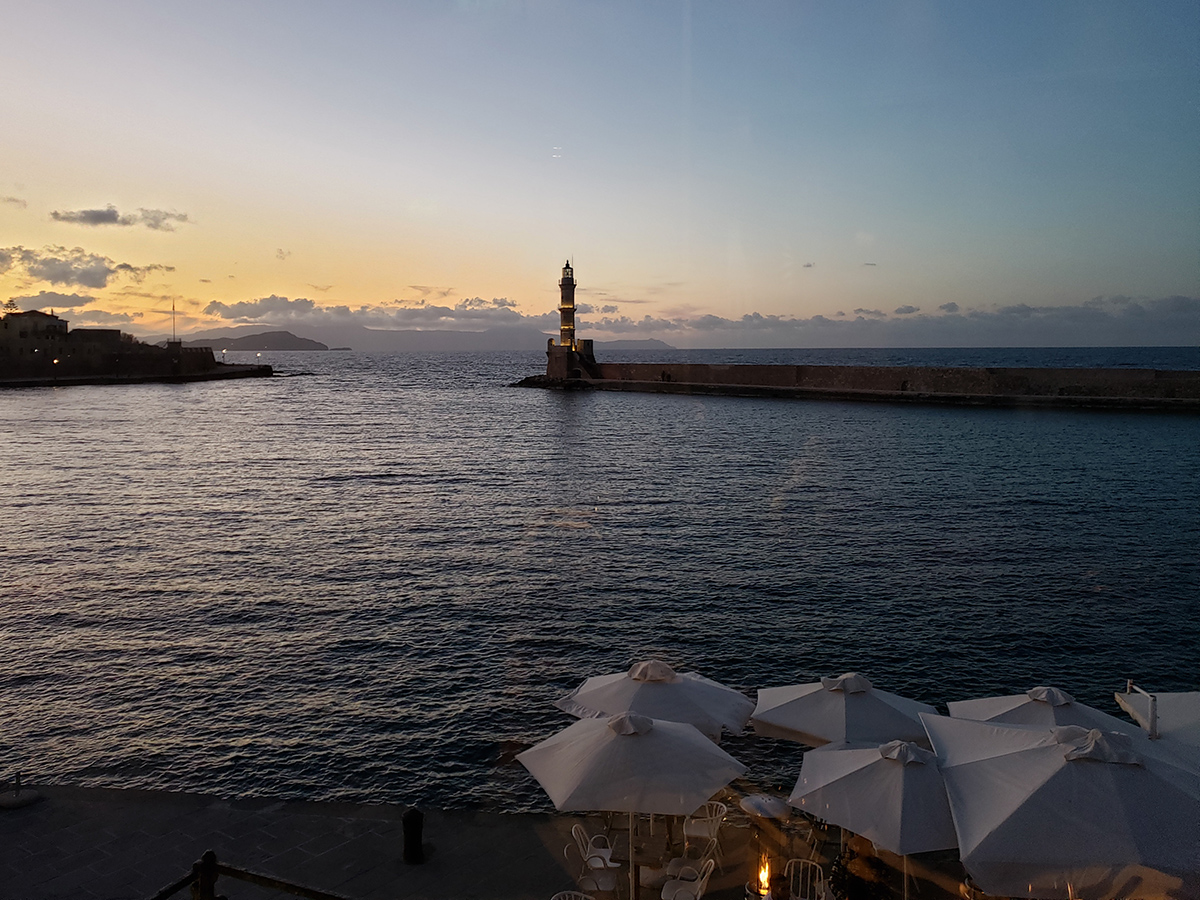
We flew from Athens to Chania, a small city on the northwest coast of Crete. The flight took just over half an hour and was very low-stress, with nice views of various small Greek islands speckled across the blue Aegean.
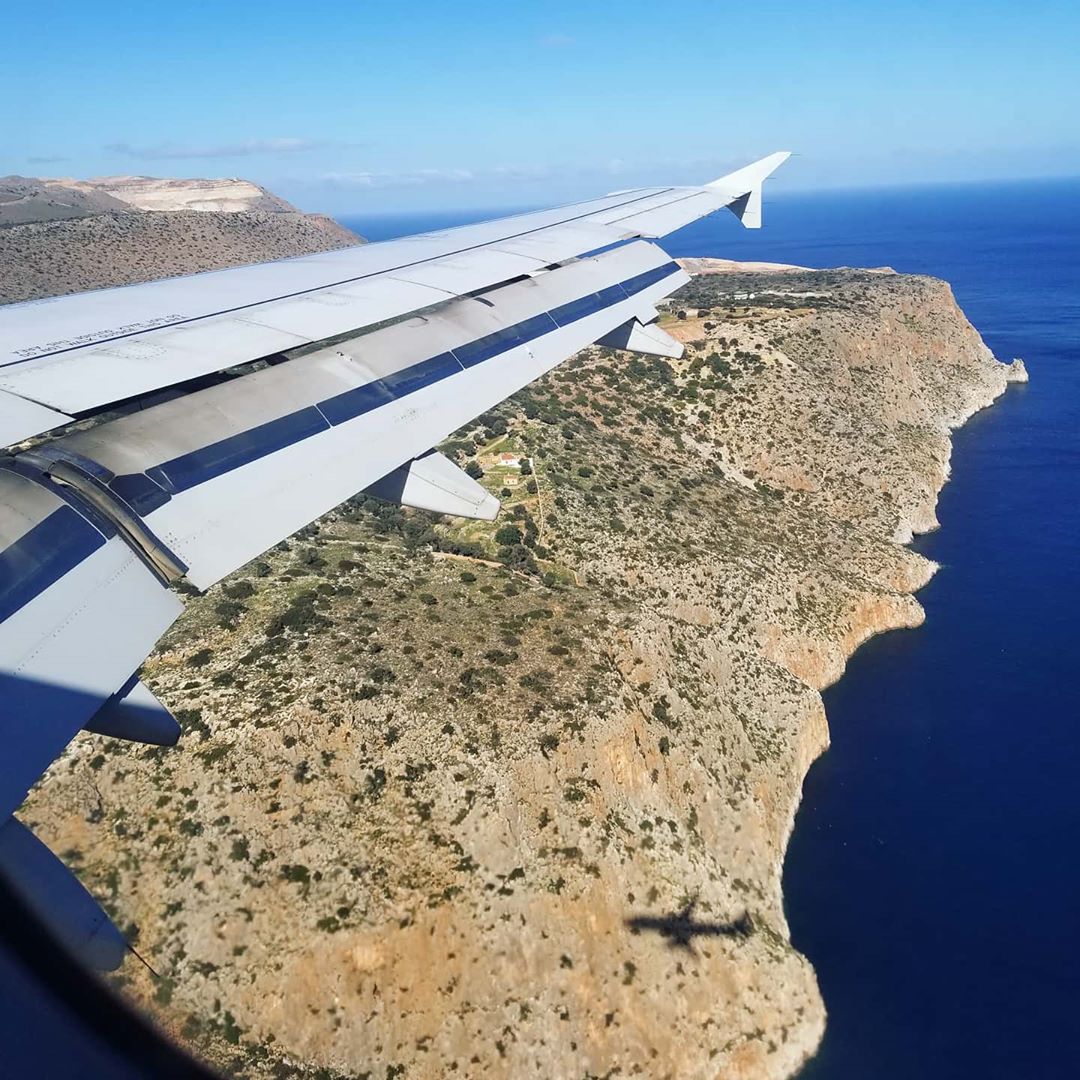
We stayed in an apartment at the Trianon Hotel, located on a quiet street about 1 km outside the old town tourist area. Nearby was a nice square in front of the main Chania courthouse ringed with cafes and restaurants that were perpetually full of locals. Next to the hotel was an unexpectedly great casual restaurant called MomS that served American-style comfort food, including a fantastic burger.
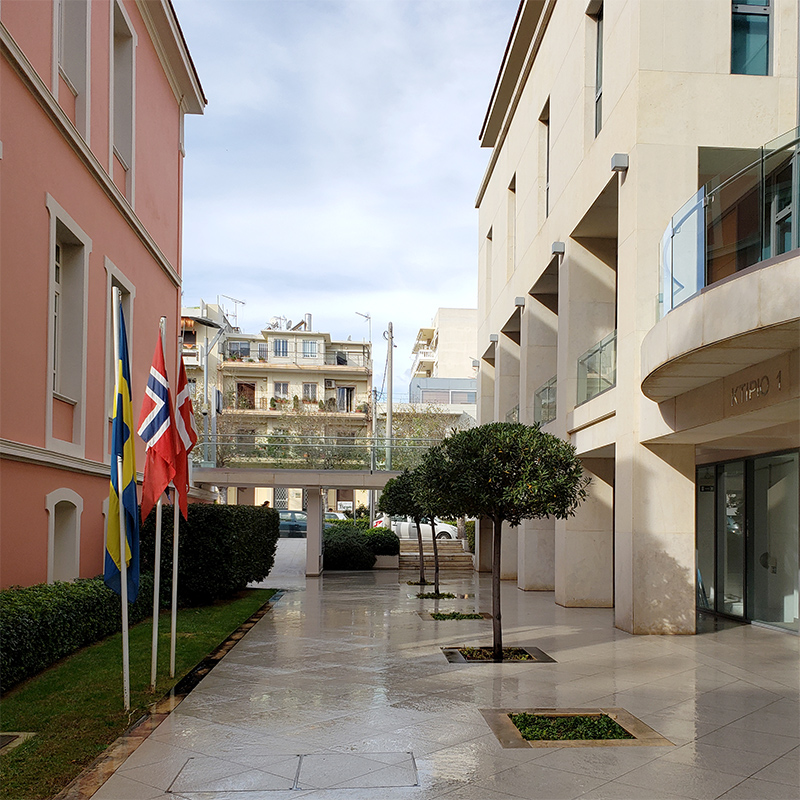
The hotel is part of a very modern building complex, with a pink Alpha Bank building housing, among other things, the Consulates of Sweden, Norway and Denmark. There were also some dental offices on the floors below our hotel. It was a bit like living in a commercial building but very well-run and clean.
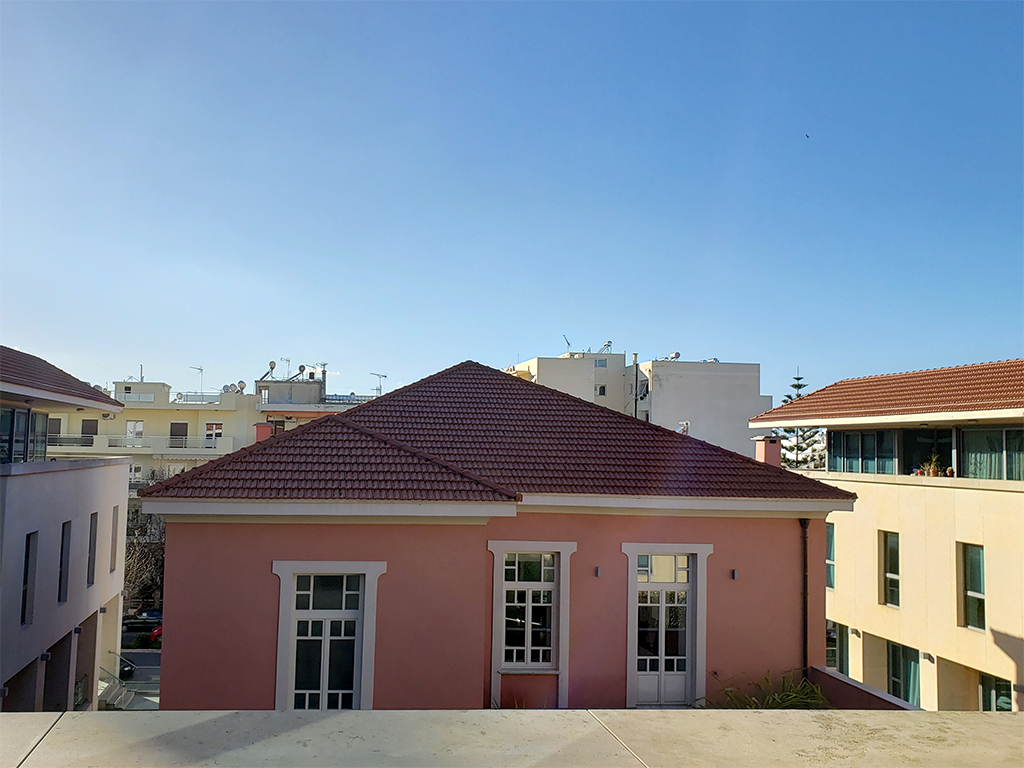
The hotel and area lacked “Old European” charm but we’ve learned that a little charm goes a long way — when you’re staying for a week, musty stone walls and toilets that barely flush lose their novelty quickly. We were an easy walk to the old stuff!
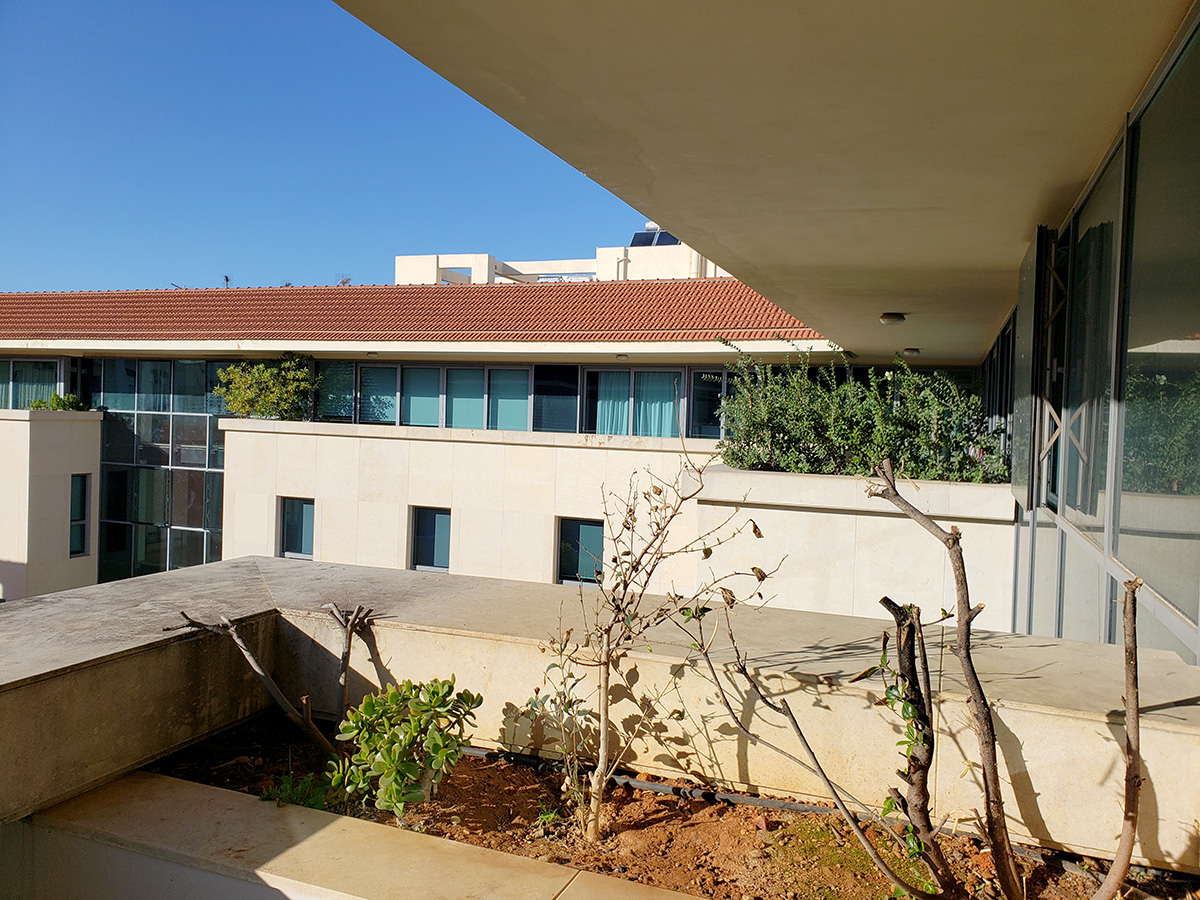
Our apartment had a large balcony, though the weather was a bit too cool to spend much time out there. It also had a full kitchen.
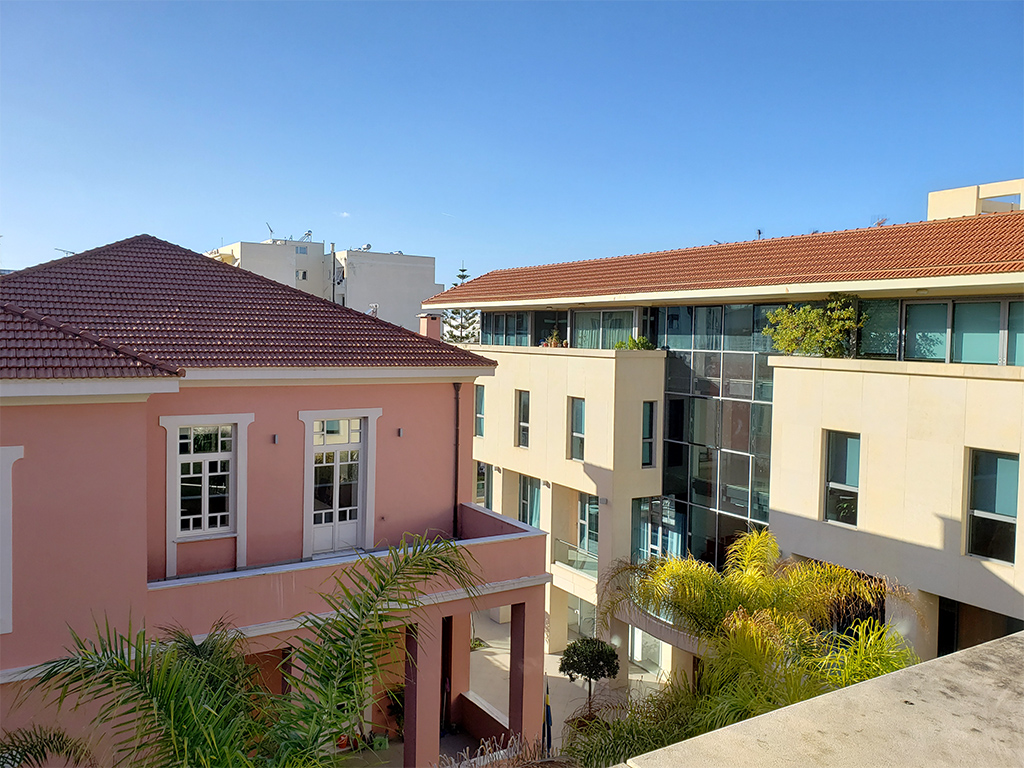
We settled in by the afternoon and took a stroll down to the Venetian Harbour, the heart of Chania’s old town, where many of the buildings in the harbour were constructed in the 1300’s when Venice was a powerful city state that was expanding to nearby regions.
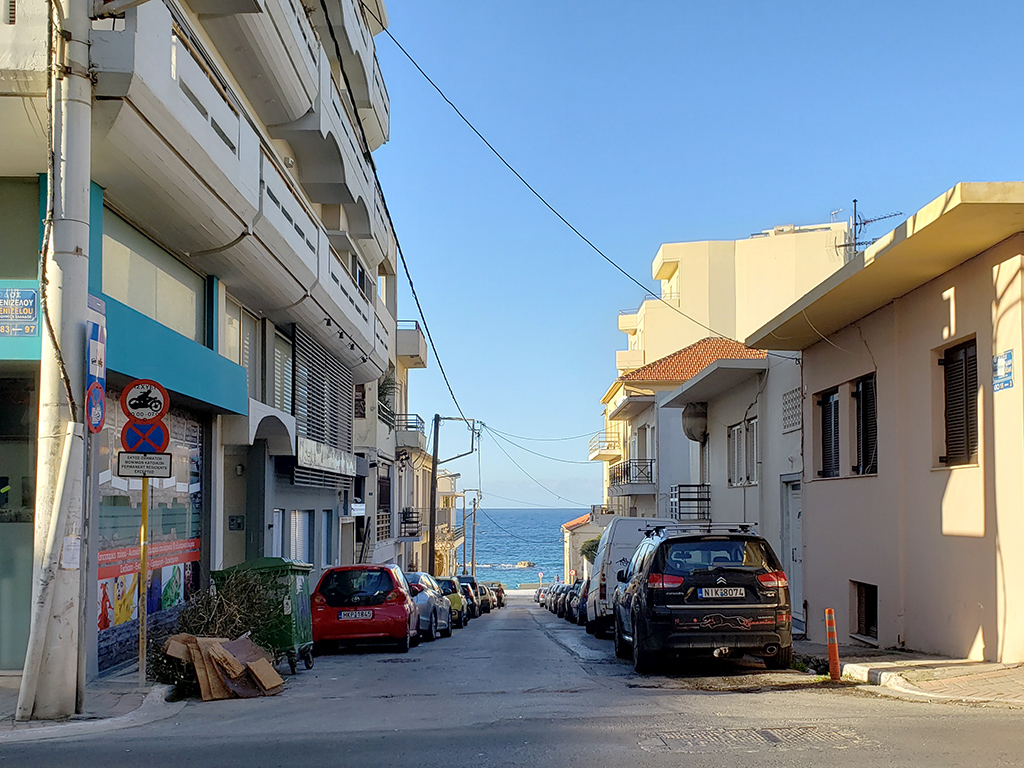
On the way we passed through the more modern streets of Chania. The city has a pleasant and livable feeling, with simple low buildings. Many streets terminate with views of either the sea or the White Mountains that run down the spine of Crete.
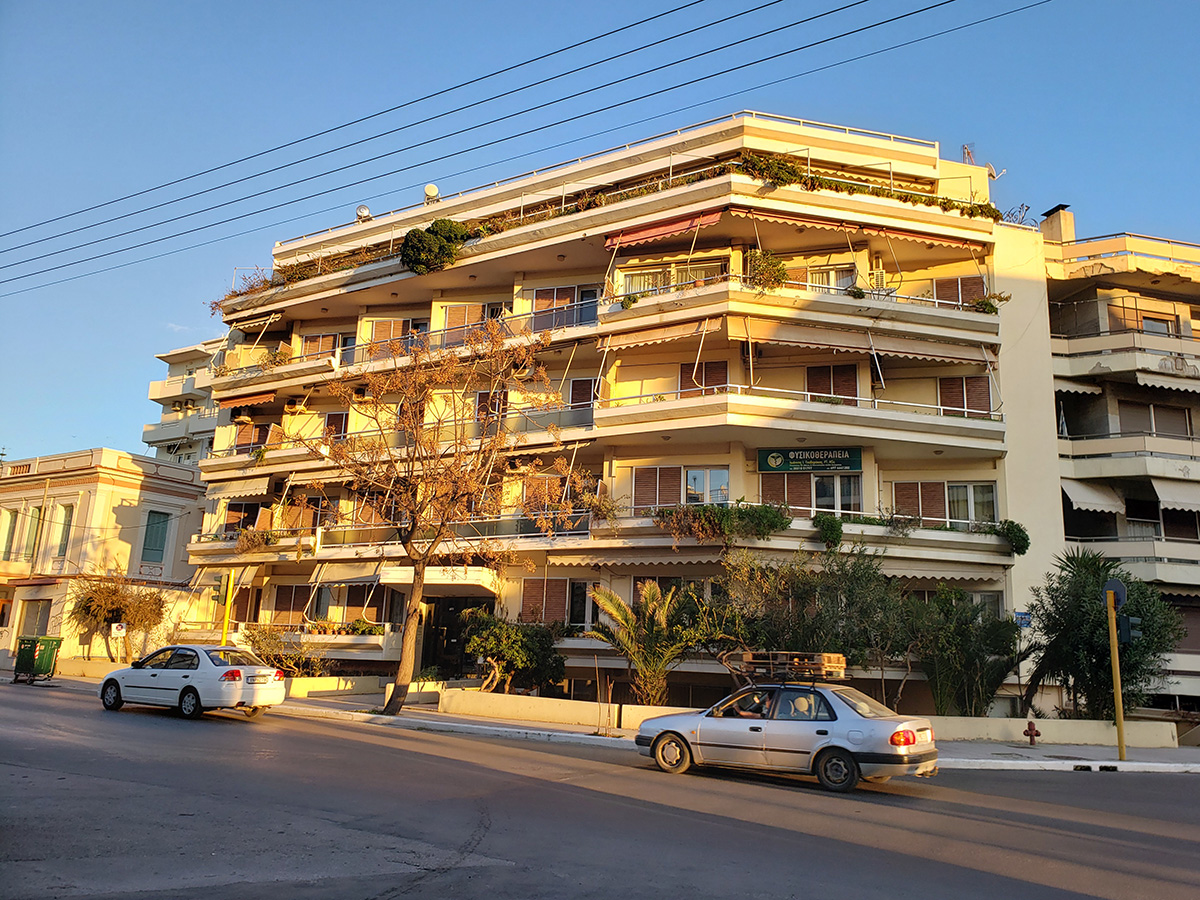
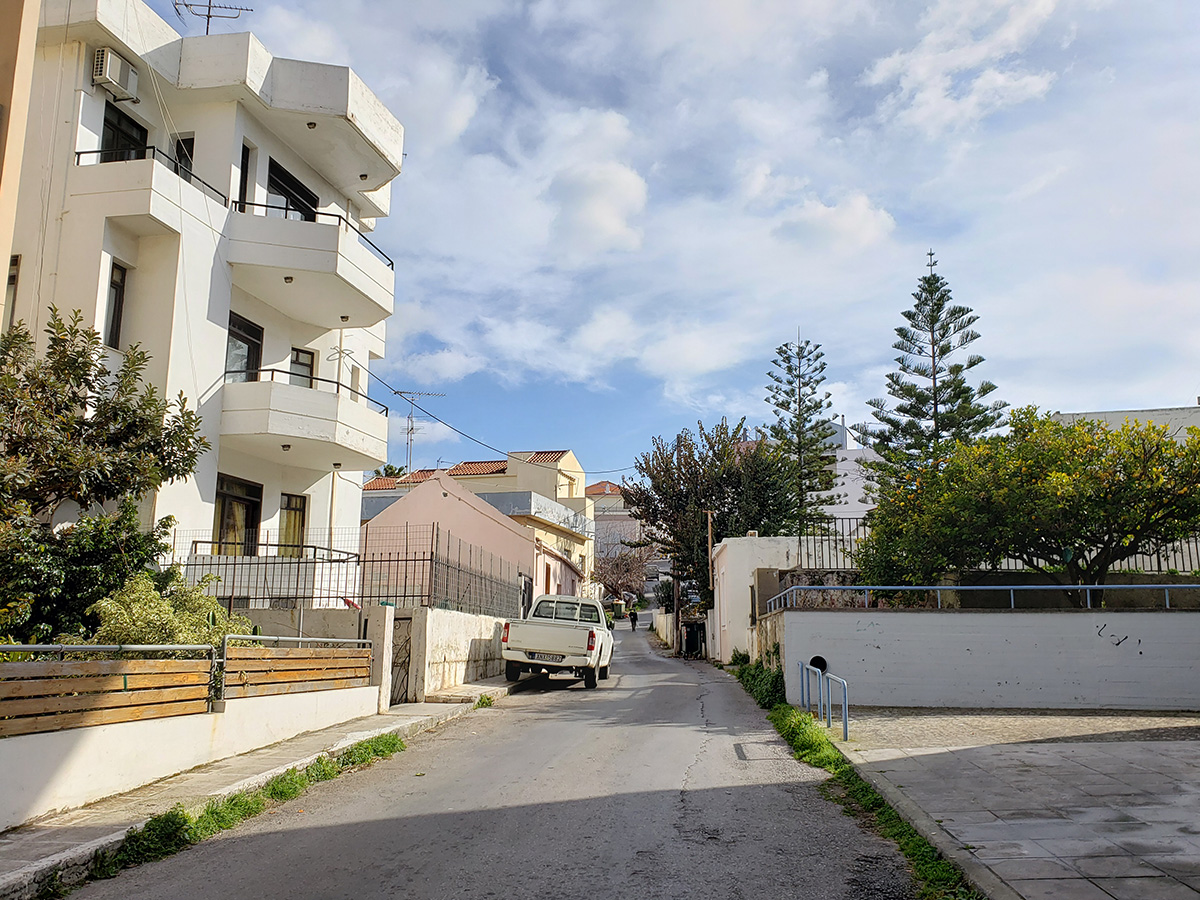
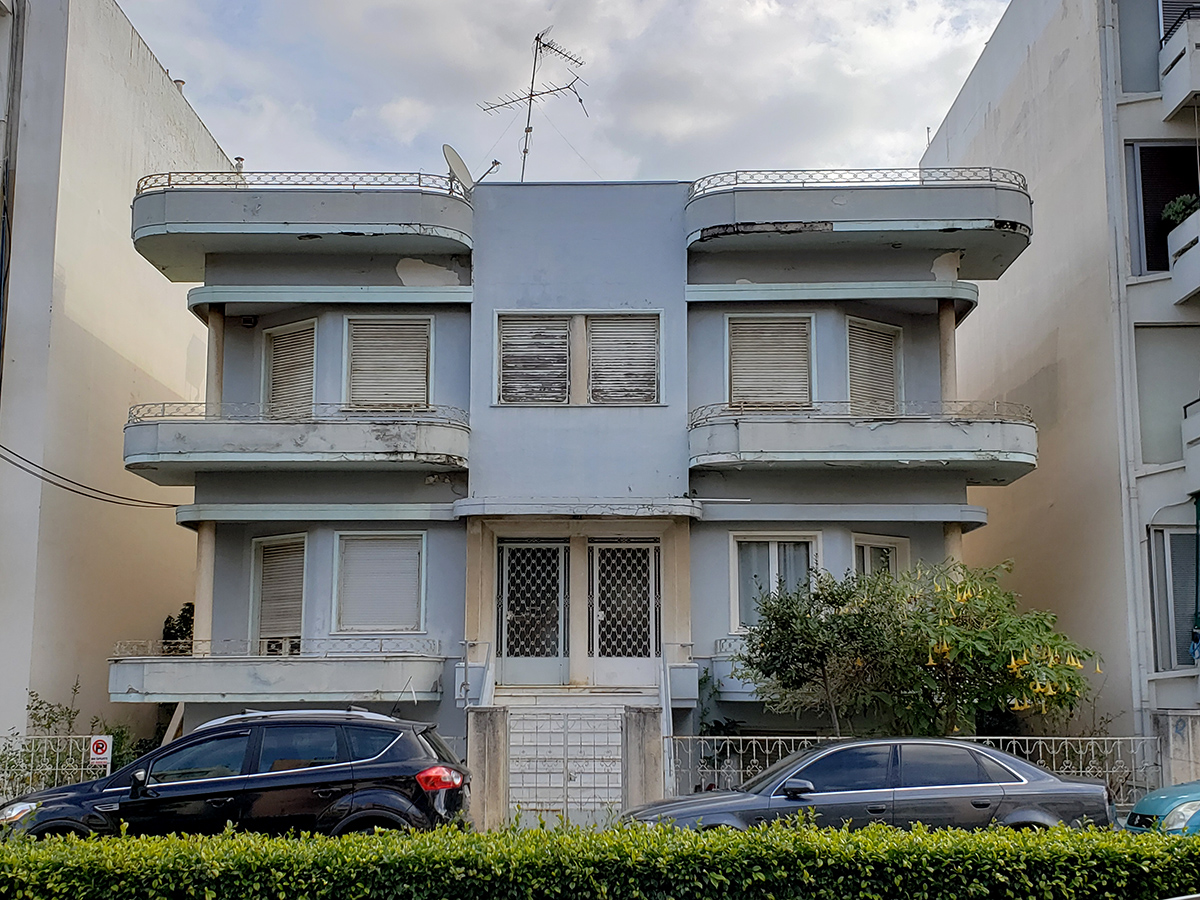
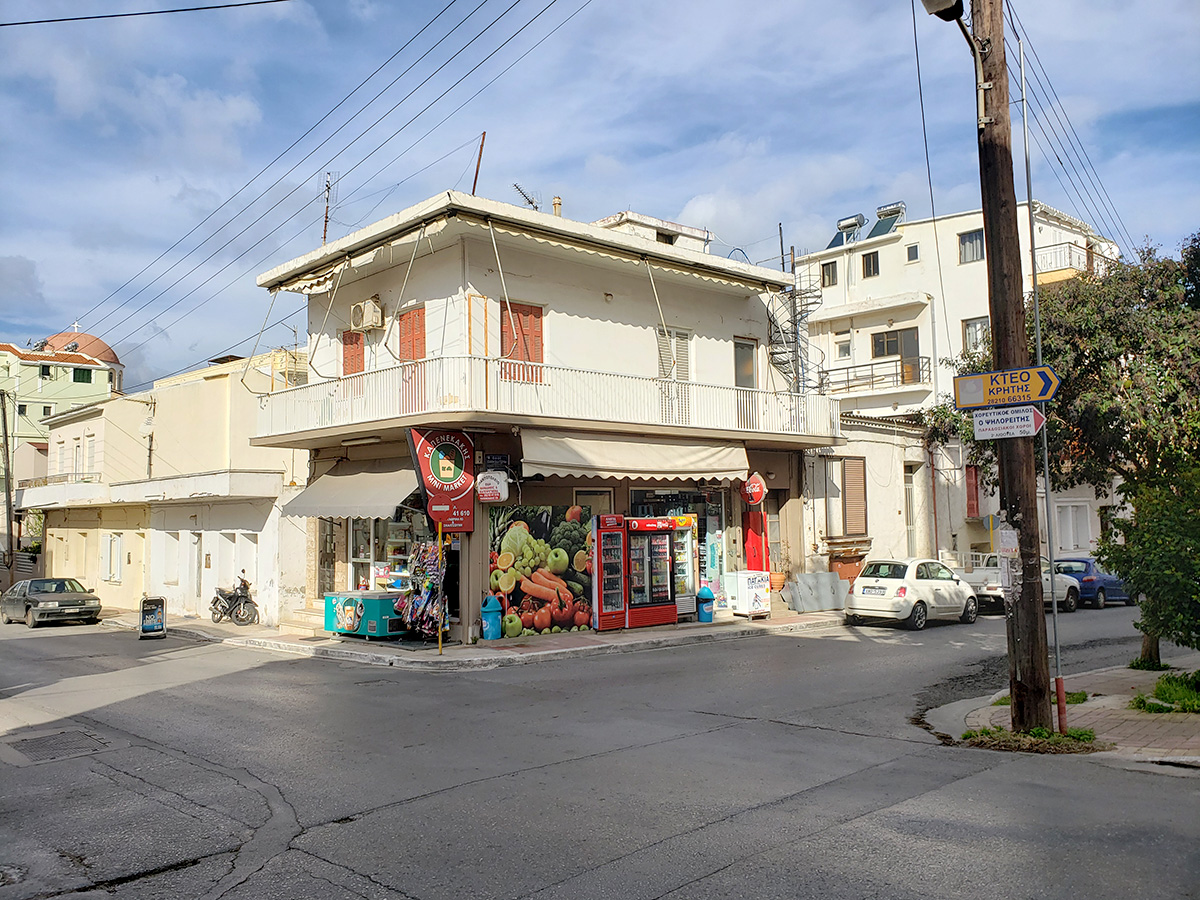
Like in much of Greece, abandoned buildings often sit next to fully restored or modern buildings, seemingly at random.
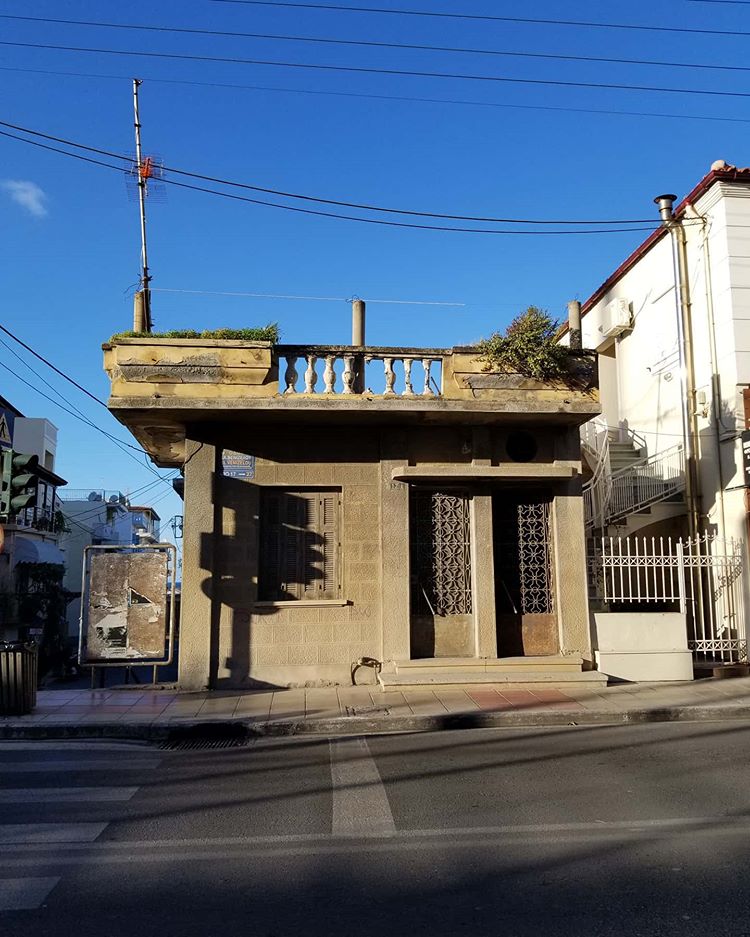
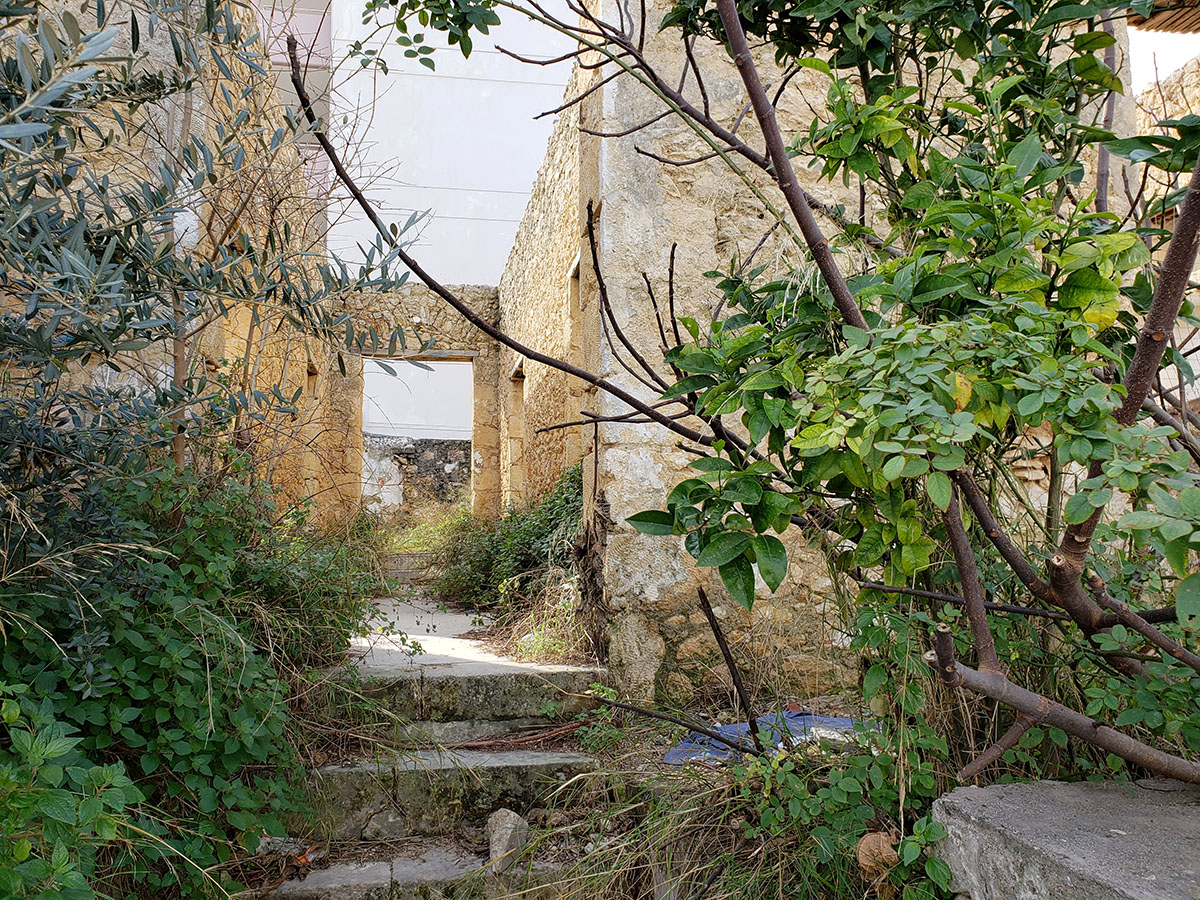
Abandoned buildings don’t mean a neighbourhood is a bad one. In historic areas preservation laws make it impossible to change the size or facades of buildings, and I imagine fixing up or modernizing a structure that has been around for centuries is not cheap.
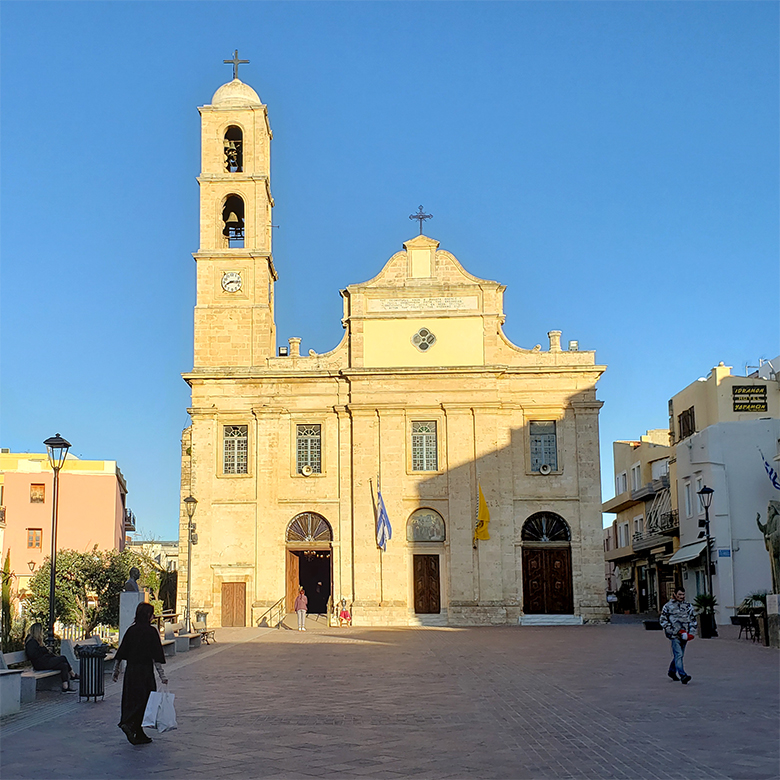
Reaching the pedestrianized old town area, we first passed the Trimartiri Cathedral, already partially shadowed in the late-afternoon sun. Unlike Spain where we visited many churches, in Greece few seem to be tourist attractions: in fact, they are often in-use by worshipers, with people of all demographics entering and leaving at all days and times.
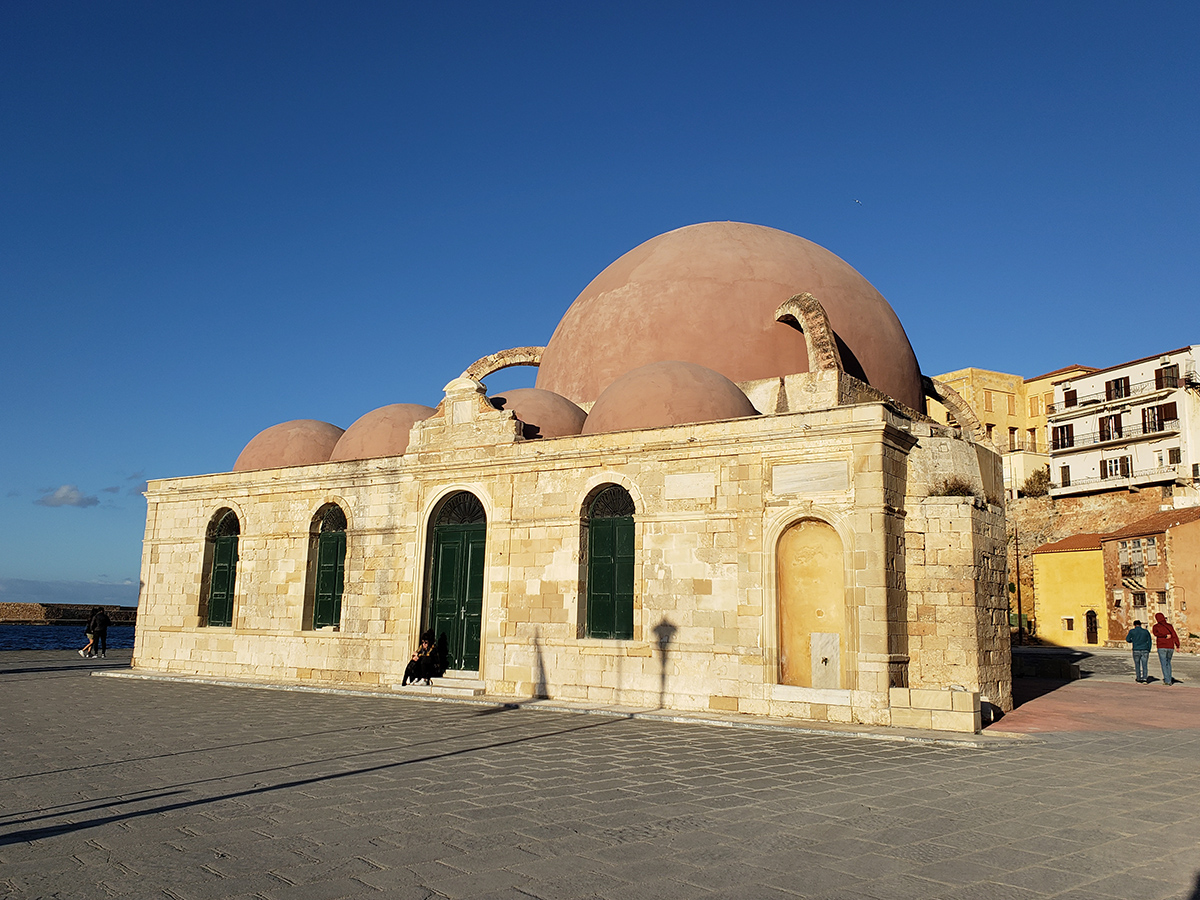
Our arrival at the harbour was marked by the Mosque of Küçük Hasan, built in 1645 by the Ottomans. Like the other mosques we’ve come across in Greece it is no longer in use as a place of worship. This one is apparently now used as an occasional exhibition space.
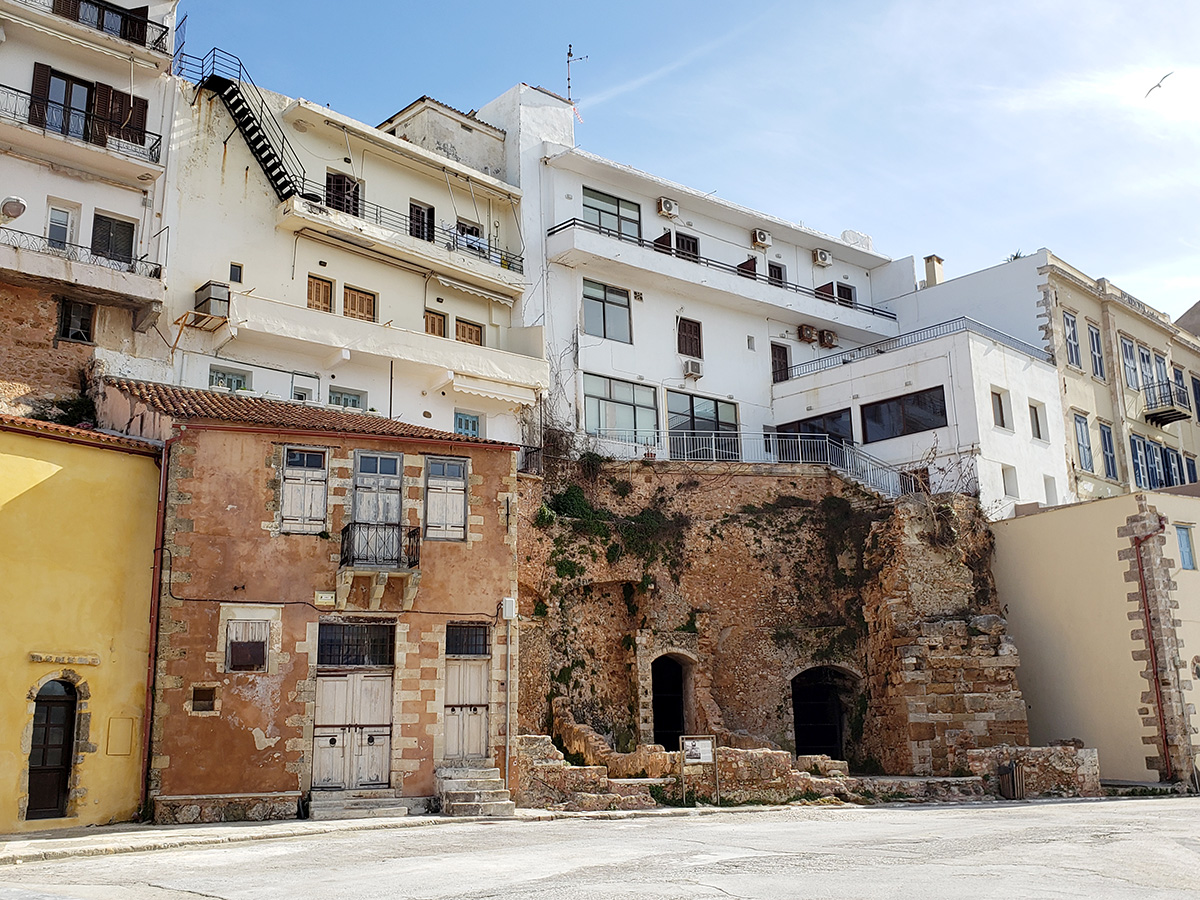
Just behind the mosque are several adjacent ruined buildings. A nearby plaque indicates that these were destroyed during a German bombing raid in 1941.
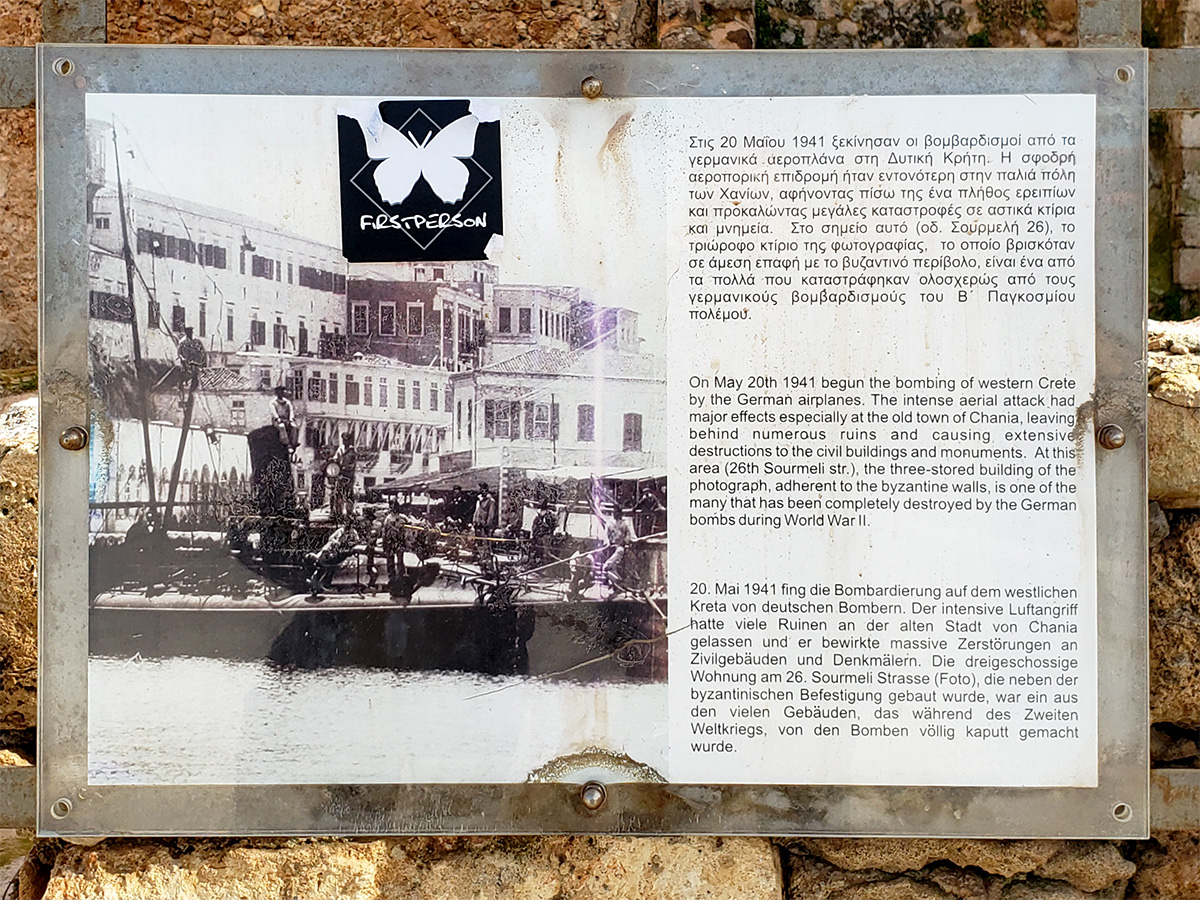
A month before our trip I read Anthony Bevor’s excellent Crete: The Battle and the Resistance about the battle of Crete, the German occupation that followed, and the brutal hardships faced by the Cretan population during WW2. Despite the enormous destruction that occurred in Western Crete these buildings and some basic exhibits in the Maritime Museum were the only mention of WW2 we came across in Chania.
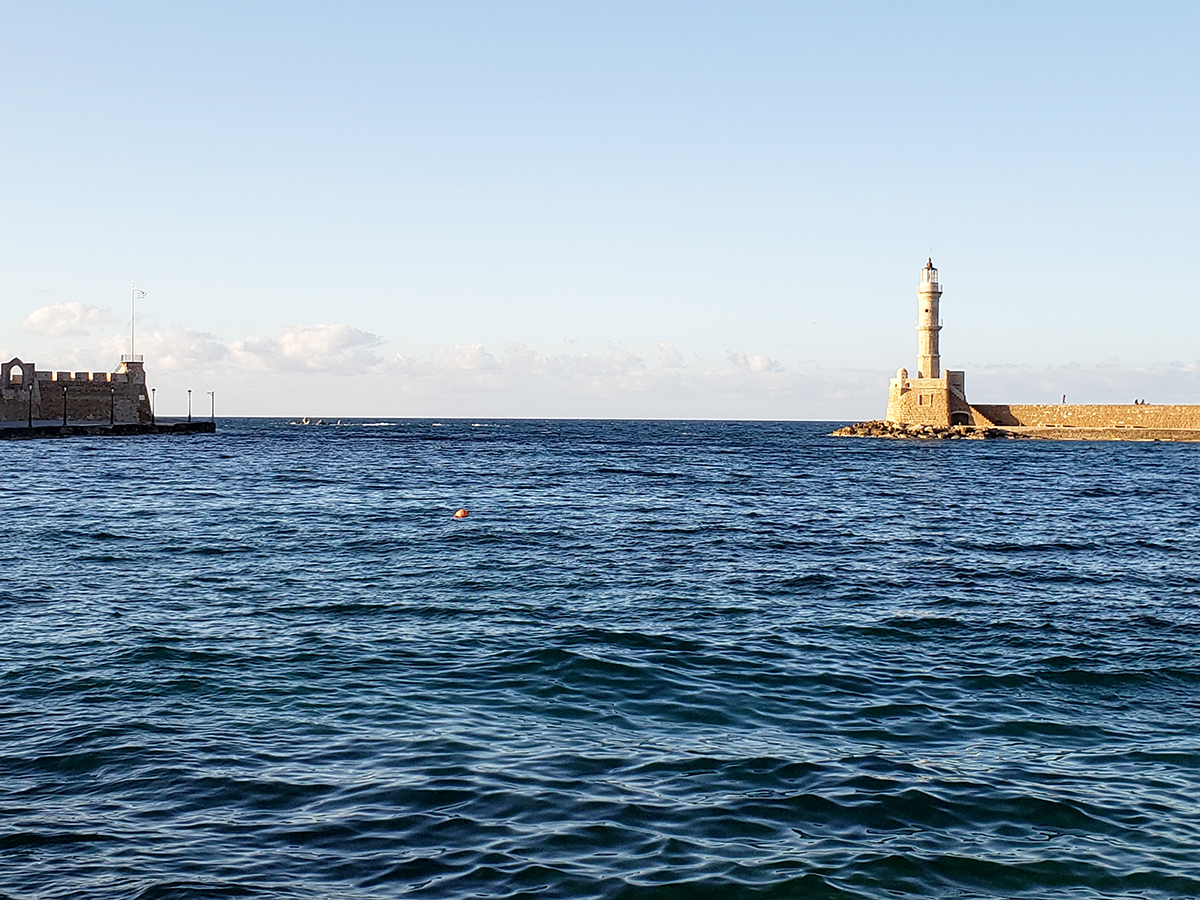
Reaching the water’s edge, we took some obligatory photos of the beautiful Venetian lighthouse and then looked for somewhere to eat. Travel days are hard and we hadn’t eaten since the Athens airport that morning. A proper meal was needed.
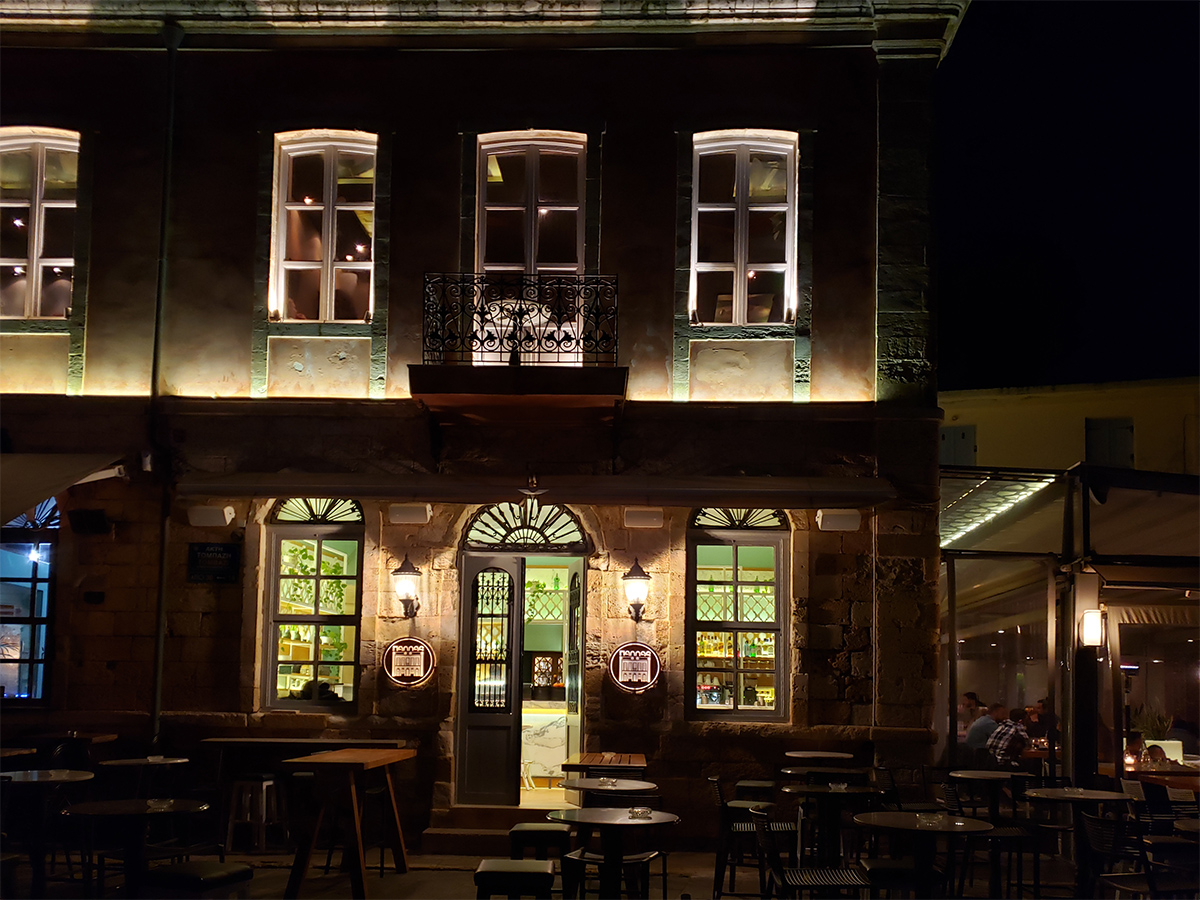
We’d read good things about Pallas, and it was nearby. The downstairs area is more casual but all the tables are taken, so we took a table upstairs. It was a little fancier than we expected but the service was very good, the vibe was relaxed, and the food was great.
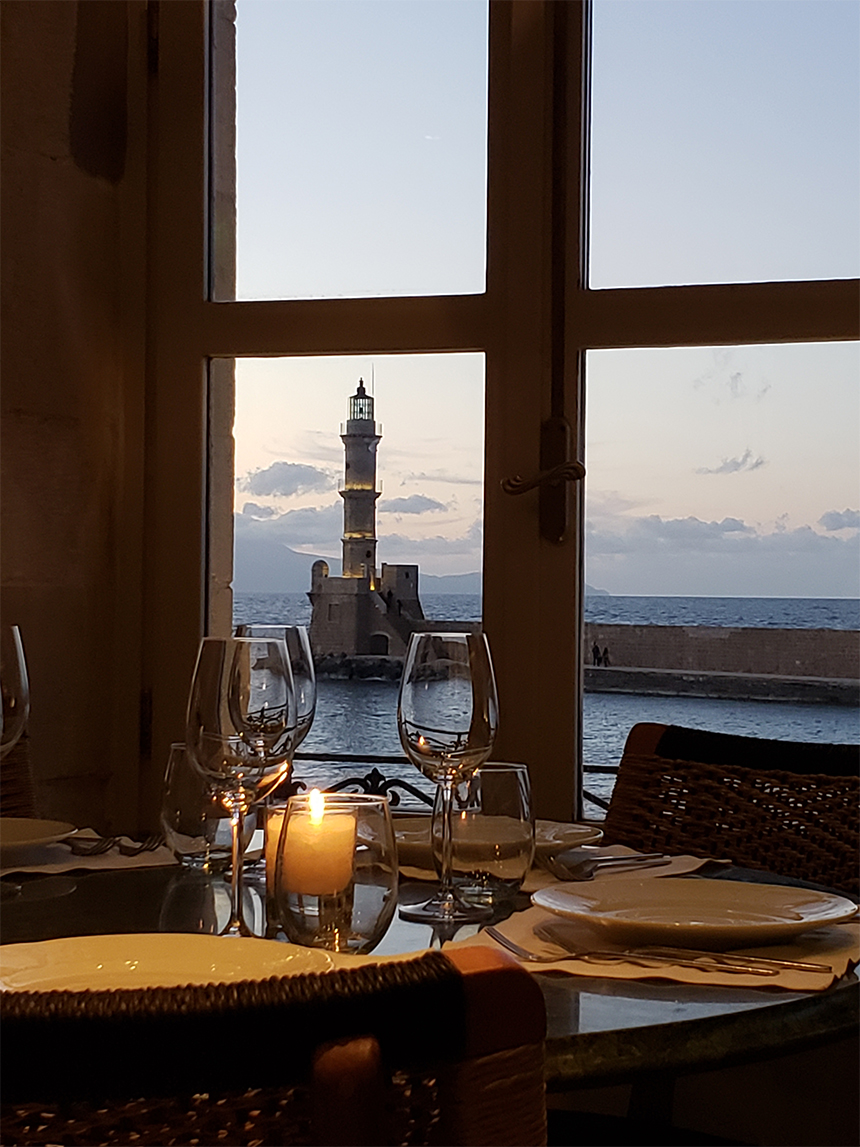
The menu was mostly Italian food, and this would be our experience around Chania: the traditional Greek taverna dishes we’d enjoyed in Athens were harder to find, but pastas and pizzas were ubiquitous. Our guess is that this a nod to the city’s Venetian history; Greek and Cretan food reappeared in Rethymno. The quality of food was always good regardless of the type.
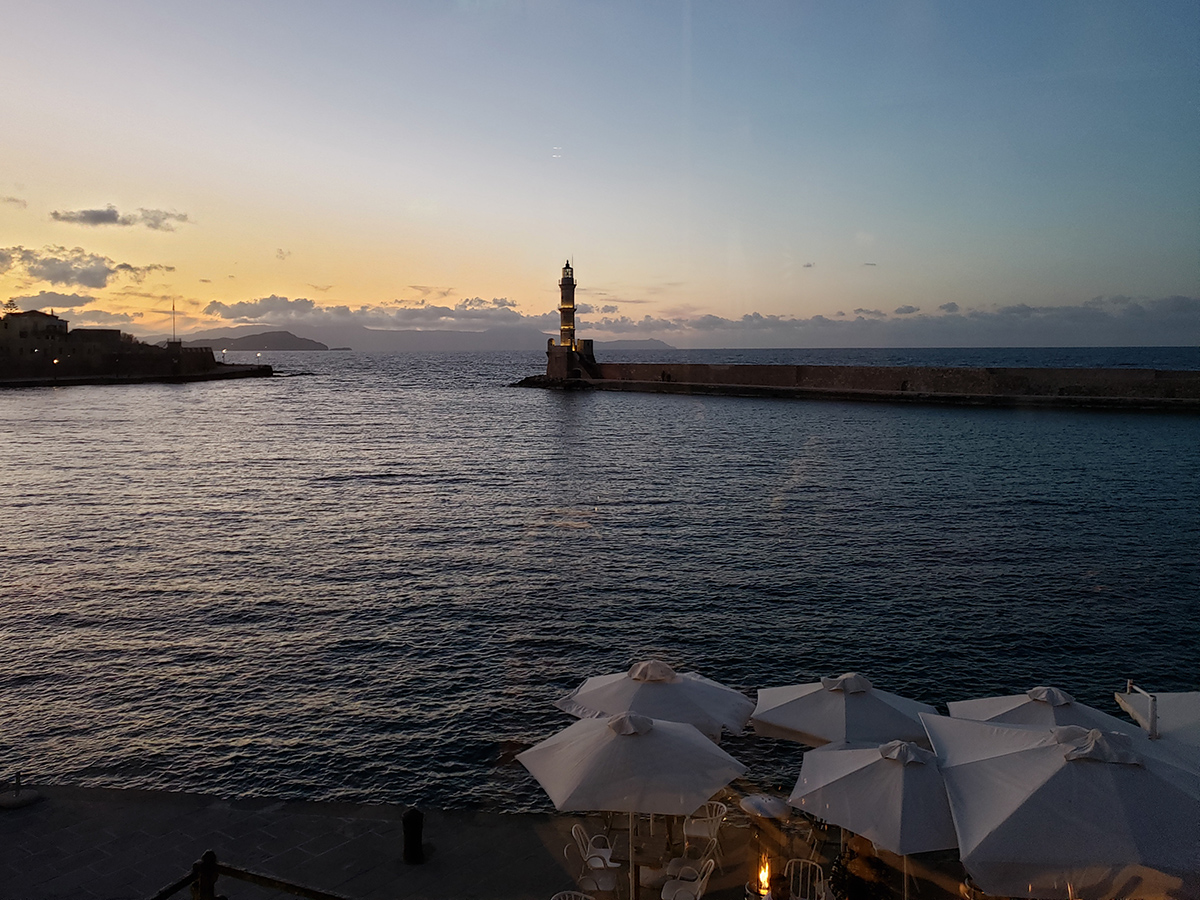
Outside, the sun had set on the Venetian Harbour.
